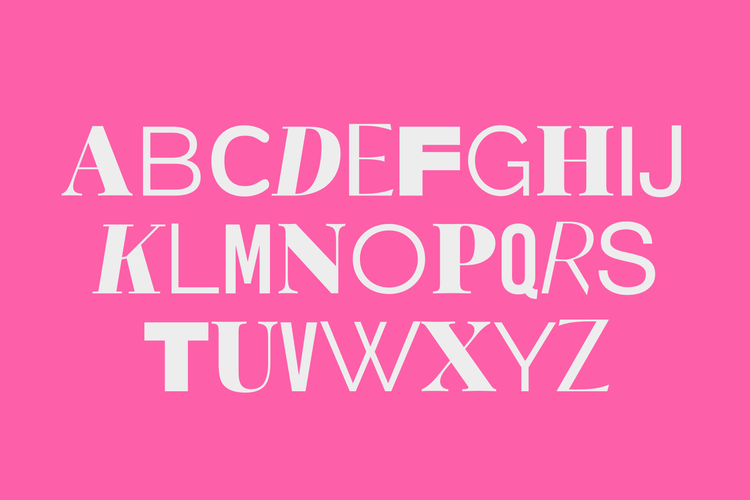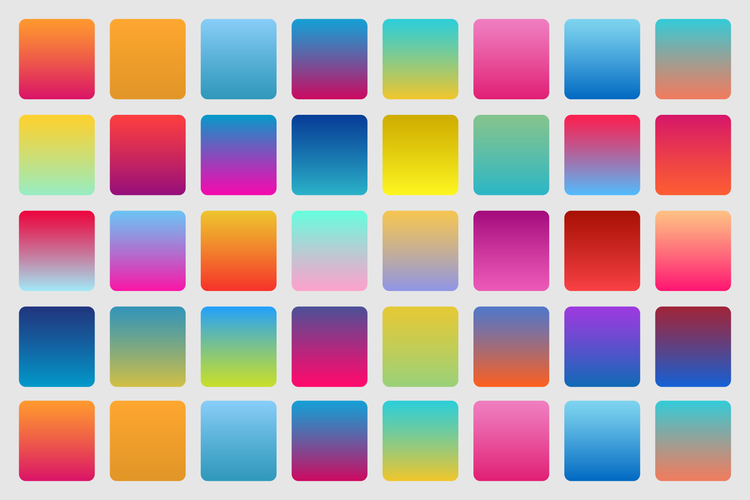Demystifying graphic design with 10 tips for non-designers
Flex your creative muscle and take on your own visual projects using these 10 graphic design tips.

Whether you’re a beginner designer, or if you have no design experience whatsoever, you can still create stunning and professional graphics with a little help from Adobe Express. In this article we have picked out 10 key principles that will allow you to take your graphic design skills to the next level.
Summary/Overview
The artistry and objectives of graphic design
Graphic design is the art of creating concepts with visual and textual elements. It is communication through visual content — either physically or virtually — to convey the story behind a product or campaign. From company logos to billboards on the highway to the featured graphic in an article, graphic designers are tasked with telling a story by visual means.
Graphic design aims to present complex topics and information in a simple way. With so much competition for their attention, people can easily flip a page or click somewhere else. A good graphic designer leads viewers into the design and holds them there to let them think a little longer about the product or service that’s being depicted. Graphic designers need a deep understanding of design fundamentals — such as color theory, typography, layout, and visual hierarchy.
All graphic designers need to have knowledge of color theory, visual hierarchy, typography, and more. They spend a lot of time in creative applications using different tools and techniques to paint a picture for the intended audience. The following 10 graphic design tips below are a good start toward a great design project of your own.
Useful resources:
10 graphic design tips for non-designers
You don’t have to be a seasoned pro to create eye-catching graphic design. Let’s start demystifying visual communication with these 10 graphic design tips for beginners.
Hierarchy of messaging
When designing an image with copy, you will want to make sure that the most important parts of your design are the most visually dominant. This can be achieved using scale or color to draw the eye to the elements of your design that you want to have noticed first.
Choose fonts wisely
Typography is tricky: different fonts evoke different feelings and moods, and choosing the right font is more challenging than one might think.
Smart font choices can mean the difference between someone diving deeper into your message or just passing by. Readability is important, but context is key: use your choice in font to match and evoke the occasion for or feeling of your design. Help readers navigate and prioritize the space of your design with thoughtful and clever font pairings.
Adobe Express features 20,000 licensed fonts, as well as curated font recommendations for your use in your next project.
Leave negative space
The parts of your design you choose to leave blank are just as important as the ones you’re filling with colors, text, and images. Negative space, otherwise known as white space, creates shapes and can help highlight the most important pieces of information in your design. It helps give your design a bit of spatial breathing room, offering ease and clarity when processing your design’s intention.
Repetition works works works
Repeating colors, fonts, words, or shapes can help tie together your design, creating a clever visual familiarity that can stop a viewer in their tracks. It also aids people in remembering what you’re telling them. Employ repetition in your overall graphic design by using consistent colors, fonts, and brand imagery to reinforce your brand’s aesthetic.
Live in color
There are endless unique colors and combos to choose from when doing graphic design. Learning about the core four types of color combinations is great way to understand color theory and how to use color and pair them in your design projects.
Consistency is key
Unless you’re doing a one-off project, consistency in your graphic designs is essential to creating work that viewers recognize and recall, especially in the case of campaigns and branding. A style guide is the rulebook for everything in your related graphic designs, from what fonts to use to how logo treatments work with different color schemes. Creating one ensures that your work is consistent both visually and in tone across different graphic design pieces for a campaign or brand, whether designing a business card, crafting a social media graphic, or developing an entire multimedia ad blitz.
Mind your mediums
It's said that the “medium is the message” — meaning where a graphic design is being used or designed for is as important as what a piece of design is trying to say. Always be certain your graphics are designed and optimized for the outlets where they’ll be published, especially in billboards and social media posts and platforms.
Get in the mood board
A mood board is a brainstorming method used to showcase a vision for almost anything creative. It involves making digital or physical collages that capture the essence of the mood, vibe, or reality you want to create, using reference images and outside inspiration. Create a mood board to visually map your imagination, helping you clearly define and articulate your design ideas.
Use templates
You don't have to reinvent the wheel every time you create a new graphic design, and you don’t need to start from scratch with every new project. Adobe Express offers thousands of unique and professionally designed free templates that are entirely customizable, with new templates added often.
Embrace the power of the prompt with Generative AI powered by Adobe Firefly
The potential and possibilities for generative AI to enhance and streamline creative workflows, enhance productivity, and unlock new possibilities in visual content creation are practically limitless.
Generative AI features included in Adobe Express — including Generate Image, Insert Objects and Remove Objects with Generative Fill, Generate Text Effect, and Generate Template — give you the power to explore, push boundaries, and create imagery and graphic design content like never before, regardless of experience or skill level.





























